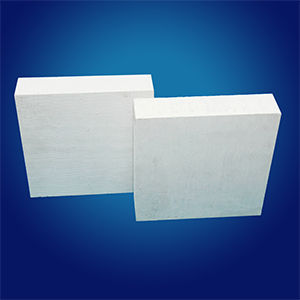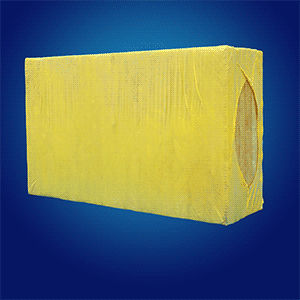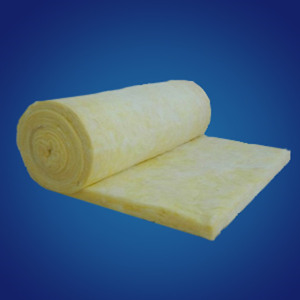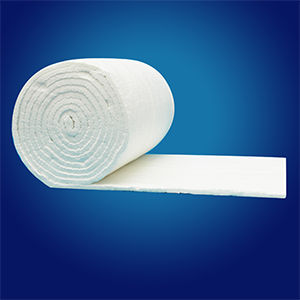
If you have any need for our products, please contact us in time
Contact Us
Insulation with Rock Wool Blanket
Posted by:Yolanda Date:23.Jan.2018
Pipe insulation with rock wool blanket has been a time-tested universal solution for many decades. In view of the flexibility and high temperature resistance, rock wool blanket can be easily cut and mounted onto the piping. Rock wool blanket is ideal choice for application on large pipe diameters and shaped pieces as elbows or T-joints.
Rock wool blanket has low compressive capacity and should only be mounted in combination with spacers.
In the lower and middle temperature range [up to 550。F (300。C)], better insulation performances with pipe sections or load bearing wraps (mats) are often achieved rather than with rock wool blanket because of the resulting thermal bridges.
Installation
Before starting the insulation works,ensure that all preparatory work on the object has been completed.
Cut the rock wool blanket to a length so that it can be fitted to the pipe with slight pre stressing. Wire the closing joints (lengthwise and circular) of the rock wool blanket together using steel wire or secure (mat) hooks. Stainless steel pipes and wrap pipes with an operating temperature > 750。F [400。C] can only be insulated with rock wool blanket with stainless steel stitching wire and wire netting to prevent galvanic corrosion cracking.
With an insulation thickness of more than 5 inches (120 mm) or temperatures > 550。F (300。C), apply multiple layer insulation. If the insulation is assembled in multiple layers, the lengthwise and crosswise joints of the individual insulation layers must be staggered. If mechanical loads are anticipated, use steel straps to secure the rock wool blanket.
Support structures and spacers
As rock wool blanket do not offer sufficient resistance to pressure to bear the weight of the cladding, spacer or support structures should be applied.
With pipes that have been installed vertically, with a height in excess of 14 feet (4 m), fit support structures to transfer the dead load of the insulation system onto the pipe. Attach the first support ring to the lowest point of the vertical pipe. The distance between the support rings should not exceed approximately 14 feet (4 m)





